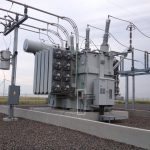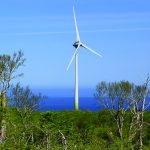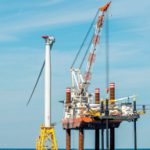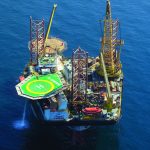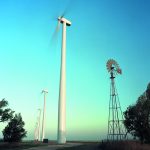As the use of wind farms continues to grow worldwide, technology is a key component to keeping wind farms up and running at top efficiency. An important part of the technologically-savvy wind farm is industrial-grade Ethernet, which has evolved to combine rugged networking with reliable performance, and advanced features. This article will examine what industrial Ethernet is, how it has evolved, and the benefits it provides wind farms.
What is industrial Ethernet?
Industrial-grade Ethernet switches are specially designed and built to operate in rugged areas, and have been tested, and proven to work under harsh conditions that include high and low temperature fluctuations, dust, vibration, electromagnetic interference, and more. This differs from standard commercial-grade Ethernet switches that work in environments such as wiring closets and data centers where wide varying temperatures, shock, and vibration levels and electronic interference do not exist. Commercial-grade switches cannot function in wind farm environments, and will quickly fail if deployed there.
The Evolution of Industrial Ethernet in Wind Farms
Wind farms have evolved from using basic unmanaged industrial Ethernet switches to higher speed managed switches that offer more advanced features and functionality. Over time, these industrial-grade switches have evolved beyond basic connectivity to provide faster speeds—moving from Ethernet speeds of 10 megabits per second (Mbps) to Fast Ethernet at 100 Mbps and now Gigabit Ethernet at 1 gigabit per second (Gbps), which equals 1000 Mbps. This is important because today’s wind farms are adding video surveillance to monitor activity in and around turbines. In addition to faster speeds, the number of ports has increased, moving from four ports to eight, 16, and even 26 port switches.
Many industrial switches now include more advanced management, security, and configuration features to speed installation and make setup easier. These advanced features also provide the ability to track and control the traffic that flows through the network, which makes Ethernet-based communications more efficient and secure. And, most of these switches comply with various industry standards, which allow standards-based switches from different vendors to work together.
These advancements enable wind farm operators to spend less time installing, deploying, and maintaining the network, and more time focusing on the actual wind farm itself. In addition, today’s industrial Ethernet switches are designed for scalability. When a wind farm grows, the network can easily expand with it. Finally, these switches have built-in redundancy so if a cable is cut or a switch fails, it does not take down the entire network, and operations keep running.
How Industrial Ethernet Helps Wind Farms
Located in remote areas ranging from dry, dusty deserts to corrosive oceans, wind farms face extreme conditions nearly every day. These include fluctuating temperatures, heavy dust, high humidity, and salty air. With rugged packaging, advanced features, and built-in redundancy and monitoring capabilities, industrial Ethernet switches allow wind farm operators to build networks that perform reliably in these extreme environments.
In addition, wind farms generate a significant amount of data with regard to how well they are working and the attention that each turbine needs. By transferring data over an Ethernet network, operators can remotely monitor and control wind turbine status and performance in real time. This enables predictive and preventative maintenance, which helps to minimize wind turbine failures or downtime. Operators can now spend less time on networking issues and more on running the actual wind farm to maximize overall system uptime and efficiency. The end result helps ensure that each turbine is producing as much energy as possible. This is important because the more energy that is produced, the more profitable the wind farm will be. And, of course, this also means that there will be more power available for consumers.
From industrial Ethernet switches, Wi-Fi and cellular M2M devices to HMIs and RTUs, Red Lion Controls offers a full line of industrial automation and networking products to connect, monitor and control wind farm environments regardless of size or location.
















